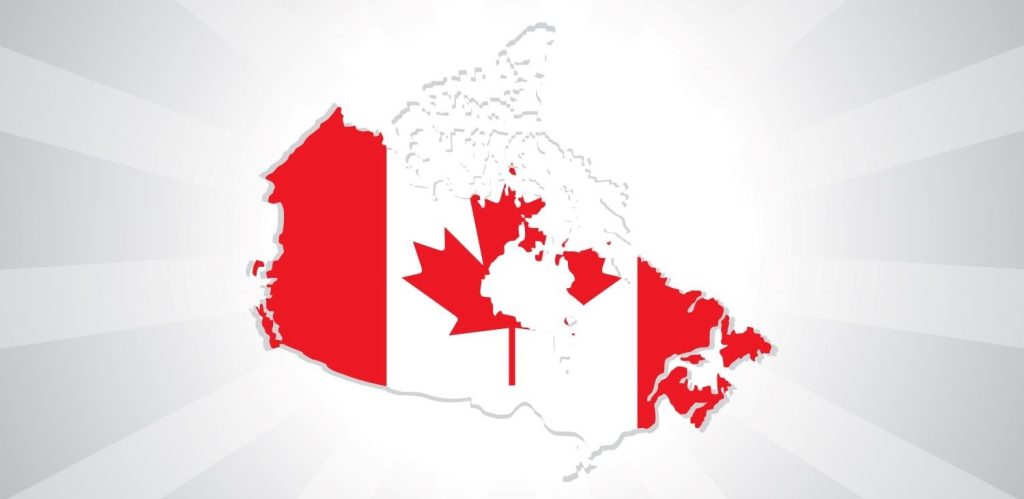Canadian Visa Immigration Levels Strategy

Every year, stakeholders around the globe eagerly anticipate the release of Canada’s Immigration Levels Plan. This plan serves as a guiding document for decisions concerning Canada’s annual intake of newcomers, shaping the trajectory of immigration policies and strategies.
The Significance of the Immigration Levels Plan
The Canada Immigration Levels Plan stands as the pinnacle announcement within the Canadian immigration landscape. It delineates Canada’s roadmap for accepting new permanent residents over the ensuing three years. By providing a multi-year outlook, the plan offers stability and predictability for immigrants and stakeholders alike.
Focus and Priorities of the Plan
The plan exclusively pertains to the intake of new Canadian permanent residents, excluding international students and temporary workers. It is meticulously crafted to align with key priorities in Canadian immigration. This includes supporting economic growth, facilitating family reunification, and upholding humanitarian commitments to refugees and vulnerable populations.
Canada’s Immigration Levels Plan for 2024-2026
For the years 2024 through 2026, Canada maintains a steadfast commitment to its immigration targets. In 2024, the country aims to welcome 485,000 new immigrants, with similar figures projected for the subsequent years. Notably, efforts are underway to boost French-speaking immigrant targets outside Quebec, reflecting Canada’s linguistic diversity and inclusivity.
Role of Immigrants in Canada
Immigrants play a pivotal role in bolstering Canada’s labor market, driving economic growth, and advancing key national objectives. They contribute to sustainability initiatives, facilitate the transition to a green and digital economy, and address critical labor shortages across various sectors.
Trust AGACS Pvt Ltd, the Best Canada Immigration Consultants in Hyderabad, to provide comprehensive services streamlining your Canada PR process. Our unparalleled expertise makes us the preferred choice among immigration consultants in India. Rely on us to navigate the complexities of Canadian immigration applications and visa procedures with efficiency, ensuring the best immigration program tailored to your needs.
Support for Newcomers
Recognizing the importance of family support, the plan acknowledges the economic benefits derived from spousal/partner employment and familial caregiving. Additionally, it underscores the necessity of providing adequate support services, such as housing and healthcare, to ensure the successful integration of newcomers.
Collaborative Approach
To effectively execute the plan, the Immigration, Refugees and Citizenship Canada (IRCC) adopts a comprehensive approach, fostering collaboration and partnerships across different levels of government and with various stakeholders. This concerted effort aims to facilitate seamless integration and positive outcomes for both newcomers and existing Canadians.
Conclusion
Canada’s Immigration Levels Plan serves as a cornerstone of the nation’s immigration strategy, guiding the admission of newcomers while addressing economic, social, and humanitarian imperatives. Through strategic planning and collaborative efforts, Canada endeavors to uphold its reputation as a welcoming and inclusive destination for immigrants worldwide.
The Canadian Visa Immigration Levels Strategy refers to the government’s plan to manage and regulate the number of immigrants admitted to Canada annually, with specific targets set for different categories of immigrants such as economic, family reunification, and refugees.
The primary objectives of the Canadian Visa Immigration Levels Strategy include addressing labor market needs, promoting economic growth, fostering diversity and inclusion, reuniting families, and fulfilling international obligations towards refugees and humanitarian migrants.
Immigration levels under the Canadian Visa Immigration Levels Strategy are determined through a combination of factors including economic forecasts, demographic trends, labor market demands, consultations with stakeholders, and the government’s broader immigration policies and priorities.


